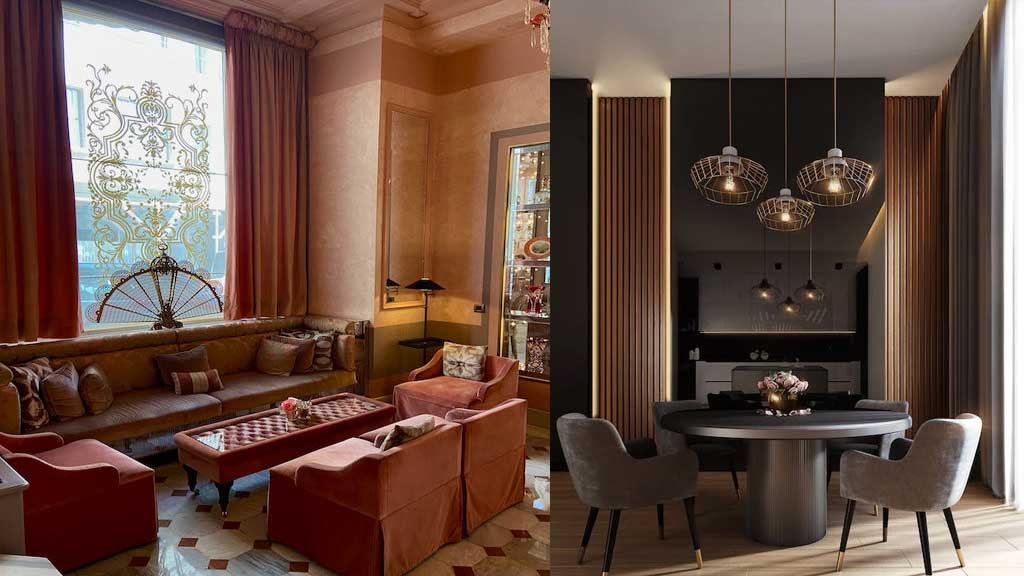Introduction: Your living space is a canvas waiting to be transformed into a masterpiece that reflects your personality, style, and functionality needs. This is where interior design comes into play. Interior design is not just about aesthetics; it’s about creating a harmonious and functional environment. In this blog, we’ll delve into the captivating world of interior design, exploring what it entails, the benefits it offers, and how you can infuse your personal style into your living spaces.
The Essence of Interior Design
Interior design is the art and science of enhancing the interior of a space to create a more aesthetically pleasing and functional environment. It involves considering various elements, such as color, furniture, lighting, layout, and decor, to achieve a balanced and visually pleasing result. Here are some key aspects of interior design:
- Space Planning: Efficiently utilizing available space and ensuring that furniture and decor are well-arranged for comfort and functionality.
- Color Theory: Choosing the right color scheme to create a mood or atmosphere that suits the purpose of the space.
- Furniture and Decor Selection: Selecting appropriate furniture, accessories, and decor that align with the design concept and style.
- Lighting Design: Using lighting to enhance the ambiance and functionality of a space.
- Texture and Material Selection: Incorporating various textures and materials to create visual interest and tactile appeal.
- Sustainable Design: Promoting eco-friendly and sustainable design practices that respect the environment.
- Budget Management: Creating designs that meet the client’s budget while maintaining quality and aesthetics.
The Benefits of Interior Design
- Personalization: Interior design allows you to infuse your personality and style into your living spaces, creating a unique and comfortable environment.
- Optimized Functionality: A well-designed space maximizes functionality and efficiency, ensuring that every corner is used to its fullest potential.
- Enhanced Aesthetics: Interior designers have a keen eye for creating visually appealing spaces, from selecting color schemes to coordinating decor.
- Increased Property Value: A professionally designed interior can significantly increase the resale value of a property.
- Stress Reduction: A thoughtfully designed space can reduce stress and promote well-being, creating a sanctuary in your own home.
- Energy Efficiency: Interior design can improve energy efficiency by optimizing natural lighting and using sustainable materials.
The Role of an Interior Designer
Interior designers are trained professionals who help clients transform their spaces. They bring creativity, expertise, and a holistic understanding of design principles to every project. Here are some key roles an interior designer plays:
- Concept Development: Creating a design concept that aligns with the client’s vision and requirements.
- Space Planning: Efficiently organizing space and furniture layout for functionality and aesthetics.
- Material and Color Selection: Advising on the right materials and color schemes to achieve the desired look and feel.
- Project Management: Overseeing the project, including coordinating with contractors and suppliers.
- Budget Management: Ensuring that the project stays within budget while meeting quality standards.
- Final Styling: Adding the finishing touches to complete the design concept.
Conclusion
Interior design is not just about creating visually appealing spaces; it’s about making your living spaces more comfortable, functional, and reflective of your personality. Whether you’re redesigning a single room or an entire home, interior design is the key to turning your space into a work of art. By working with professional interior designers or embracing your own creative instincts, you can craft beauty within the four walls of your home, enhancing your quality of life and leaving a lasting impression on anyone who steps through your door.

